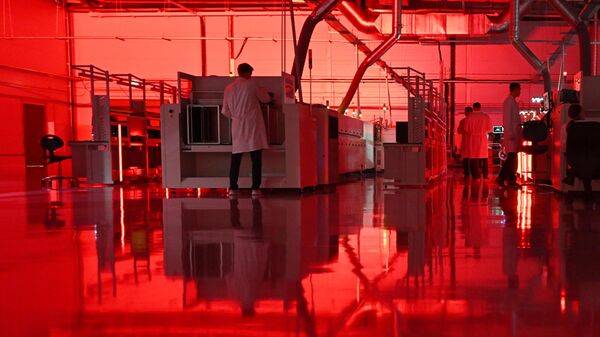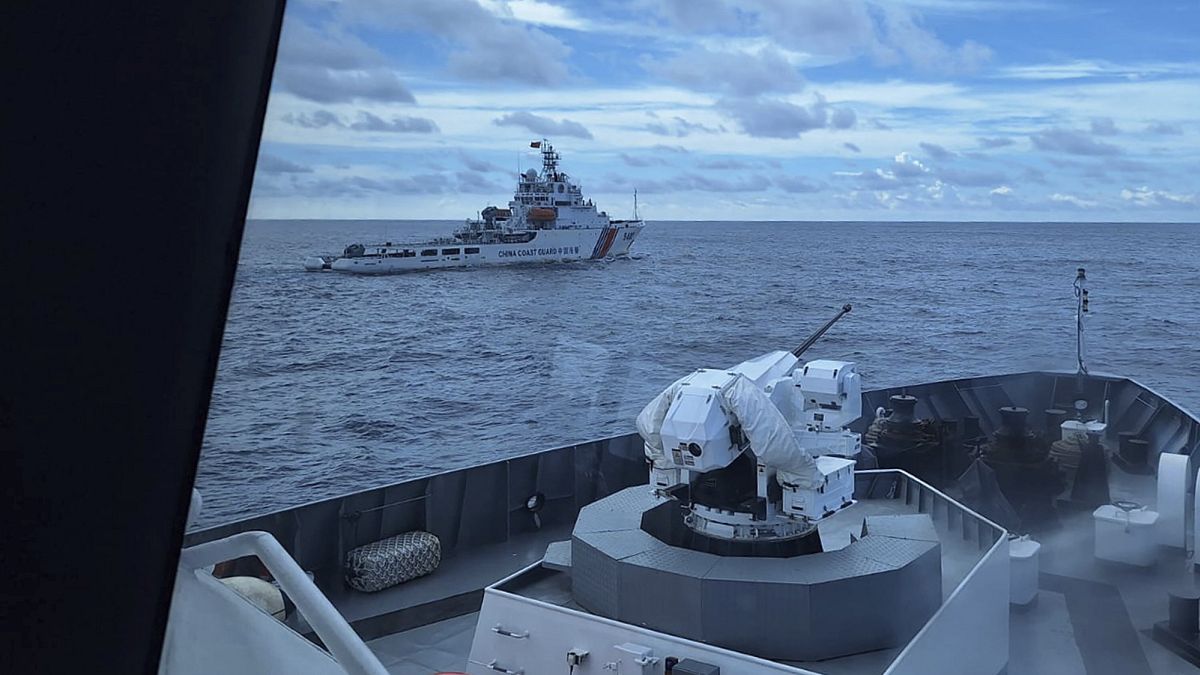Washington, London and Canberra have launched a new initiative under their trilateral military pact to accelerate the testing and deployment of hypersonic missiles and related technologies.
In 2021, the US, UK and Australia established the AUKUS security partnership. Under Pillar I of the pact, Washington and London pledged to assist Canberra in acquiring nuclear-powered submarines. Pillar II encompasses a broader technology-sharing agreement that could potentially involve other countries, such as Canada and Japan.
On Monday, the Pentagon, Australia’s Department of Defence and the UK Ministry of Defence issued simultaneous statements announcing a new initiative under Pillar II, called the Hypersonic Flight Test and Experimentation (HyFliTE) Project Arrangement (PA).
The HyFliTE project will include up to six joint test launches by 2028, with a total funding pool of $252 million. Pentagon spokesperson Maj. Pete Nguyen stated that the initiative aims to increase the pace of testing and leverage combined resources and test facilities.
“We are enhancing our collective ability to develop and deliver offensive and defensive hypersonic technologies through a robust series of trilateral tests and experiments that will accelerate the advancement of hypersonic concepts and critical enabling technologies,” added Heidi Shyu, US Under Secretary of Defense for Research and Engineering.
Both the US and UK are currently lagging behind Russia and China in hypersonic weapon development. Russia’s first hypersonic missile – the air-launched Kh-47 Kinzhal – entered service in 2017, while China deployed its DF-ZF two years later. Russia’s Avangard strategic range glide vehicles, capable of flying at 25 times the speed of sound, have been fielded since 2019, and its Zircon anti-ship cruise missiles were deployed last year. Both Kinzhal and Zircon missiles have been used in Ukraine, making Russia the first world power to employ hypersonic missiles in combat. Last month, Iran also claimed to have used hypersonic missiles for the first time during its strikes on Israel.
The US conducted its first successful hypersonic missile test in 2017 but has yet to field such a weapon after a series of aborted tests and scrapped projects. Britain aims to develop and deploy its first hypersonic cruise missile by 2030. Australia has also collaborated with the US on a joint hypersonic project for over 15 years.
According to London, the new joint initiative will be supported by over 90 suppliers from the AUKUS nations and their EU allies, with a commercial potential of up to £1 billion ($1.27 billion).
“This work will keep us ahead of our adversaries on the battlefield, enhance our collective security, and contribute to maintaining peace and stability in an increasingly complex and dangerous world,” said UK Defence Secretary John Healey, characterizing the deal as a “landmark arrangement” that will position the bloc at the “forefront of battle-winning defense technology.”
Meanwhile, Australia described the “milestone” HyFliTE agreement as representing “new heights of collaboration,” adding that the planned joint test launches will “accelerate the development of hypersonic concepts and critical enabling technologies.”
None of the announcements regarding the HyFliTE project provided specifics about which technologies the three nations plan to finalize and test.

 5 months ago
33
5 months ago
33









 We deliver critical software at unparalleled value and speed to help your business thrive
We deliver critical software at unparalleled value and speed to help your business thrive






 English (US) ·
English (US) ·